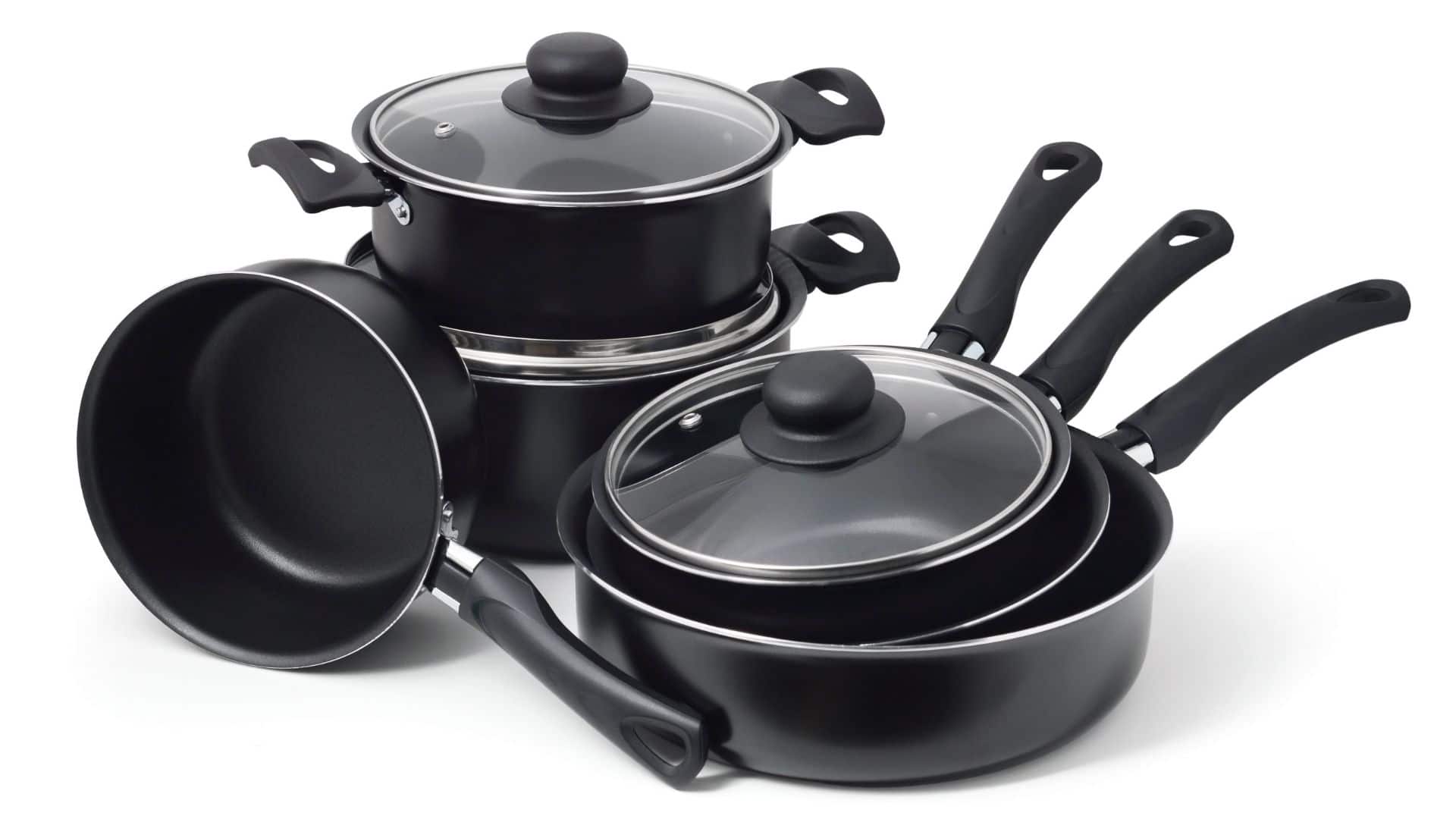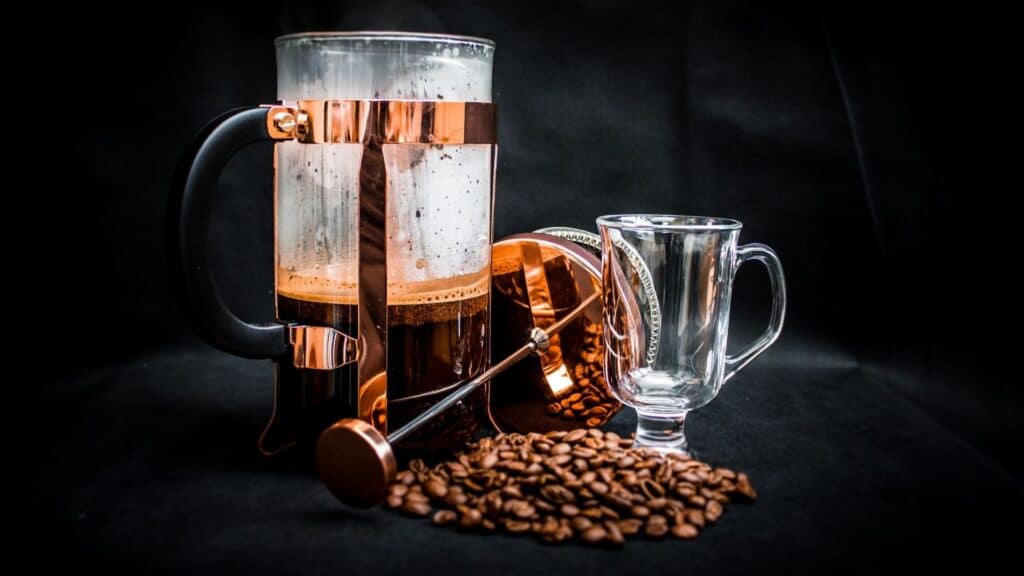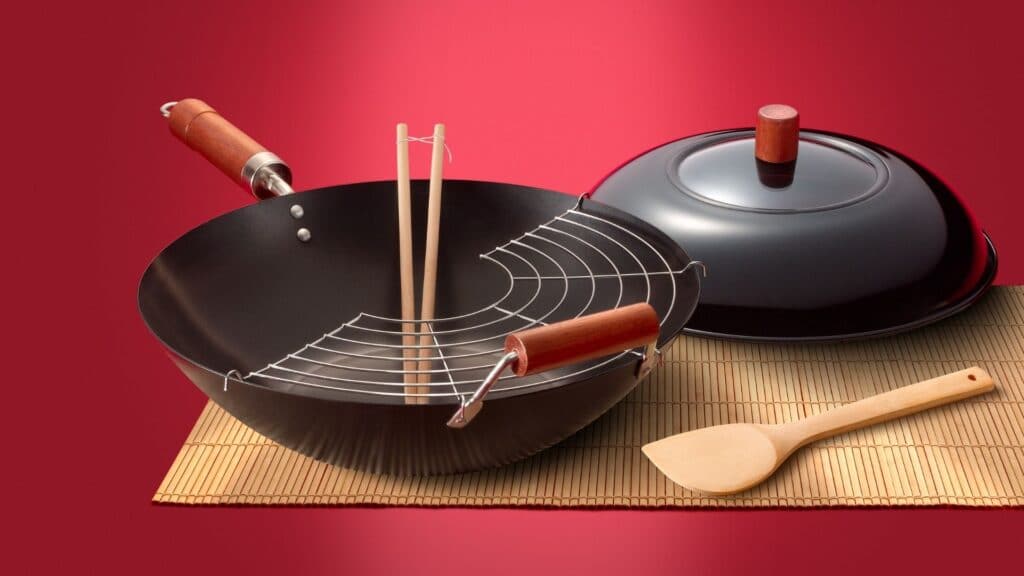Which Can for Coffee is Better: Choice by Material
Table of Contents
Toggle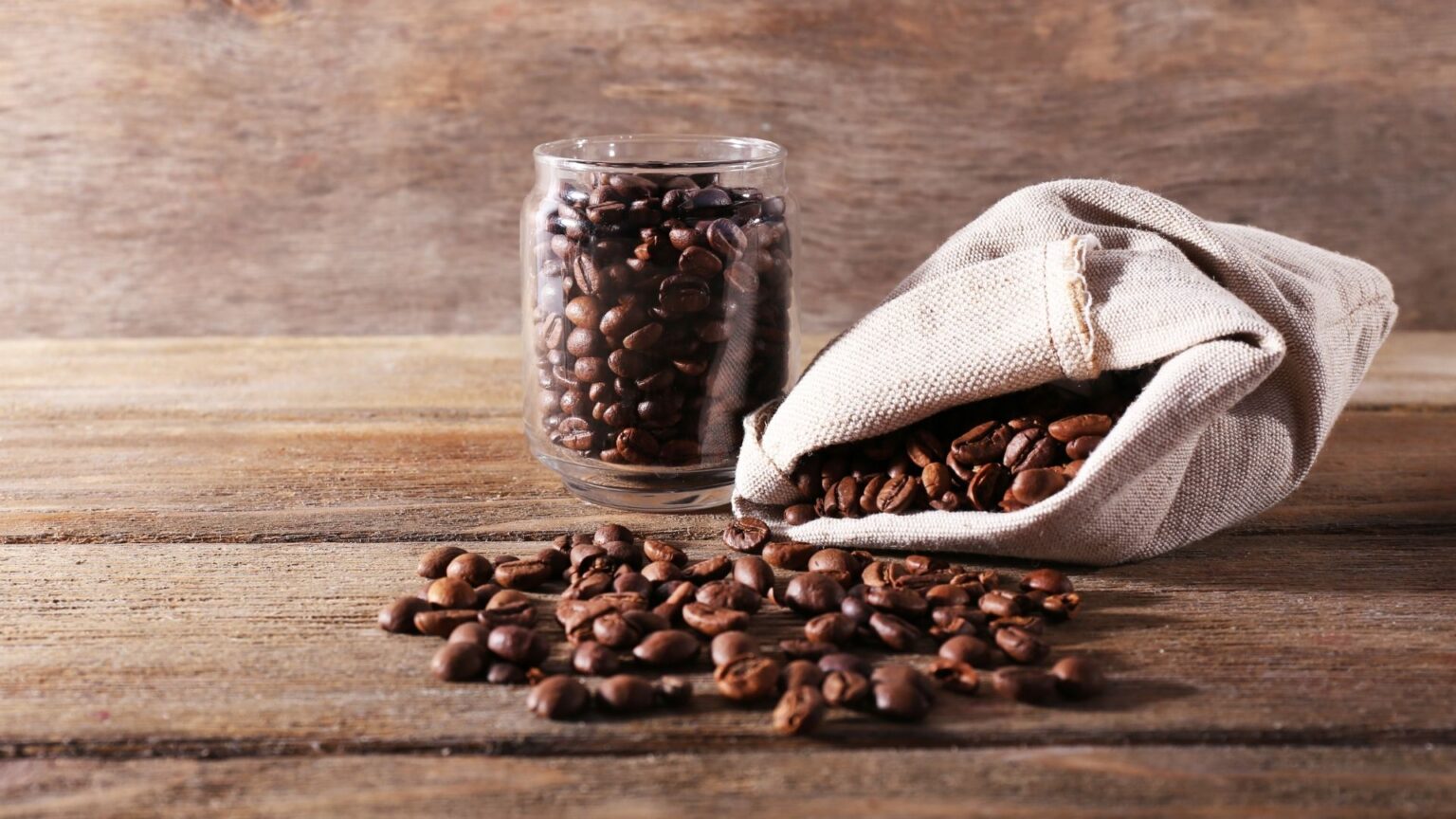
Last Updated: March 1, 2022
The selection of an appropriate packaging for coffee is a crucial factor when it comes to achieving the best possible quality at the end of the chain. Coffee is sensitive to moisture ingress as coffee contains about 12% moisture. Water in this amount, if not properly protected, can oxidize the products, specially lipids and proteins and even affect aroma. That is why coffee containers are carefully selected for moisture-tightness.
The packaging systems for soluble coffee can have a substantial effect on product stability as well as user experience. Making the correct choice of packaging for your soluble coffee is critical in terms of keeping aroma, flavour and freshness of the final product. Coffee has to be stored, transported and retailed in a coffee can with excellent barriers, preventing moisture ingress and maintaining the quality of the beverage inside.
How to store ground coffee, beans and instant coffee after opening the package? Which cookware best retains the primary flavor? What to choose – glass, ceramics, plastic or metal? In this manual, you will find answers to important questions and discover the novelties of the market that the producers have come up with for those who know a lot about elite varieties.
Coffee has been cultivated for more than a thousand years. This product has gained universal popularity as one of most beloved drinks on the global planet. Coffee is healthy drink which can be consumed by absolutely everyone.
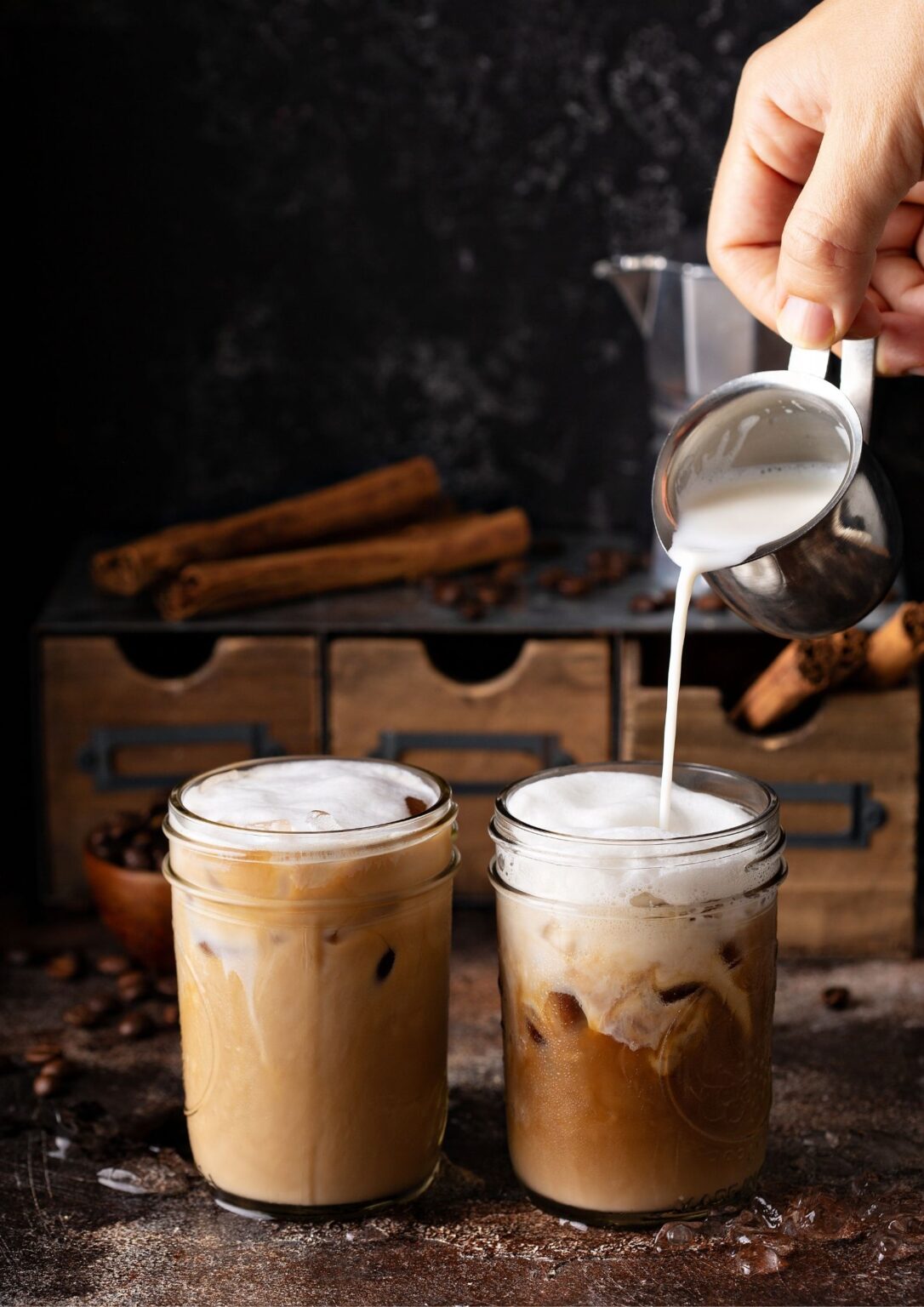
Basic Material Requirements
The container for storing coffee must be airtight. It is important that foreign smells, air and moisture do not enter the container. A tight lid is the main condition for maintaining the primary aroma and taste. The second important point is the material of the container.
If a container for coffee beans is not airtight, the coffee will oxidize. The door to this “sealed” commodity opens because the temperature changes. If coffee are kept at room temperature, the material of the container should be inert and non-resonant. This avoids excessive absorption of foreign smells from other things in its surroundings.
Practical glass and its weaknesses
Glass coffee jars are sold in almost every supermarket, they are practical, convenient and well suited for storing whole and ground beans. Glass is inert, does not absorb odors; after washing, absolutely no aroma of the previous grade remains. This is important for those who buy different varieties. It can be stored in the refrigerator or on the shelf. Glass jars fit into any kitchen. They look great, especially if you combine different sizes of glass jars to lay out next to each other on the shelf.
Covers with silicone seals are especially reliable, they do not let air and moisture inside. There are the same containers for storing cereals and sugar, but they are larger.
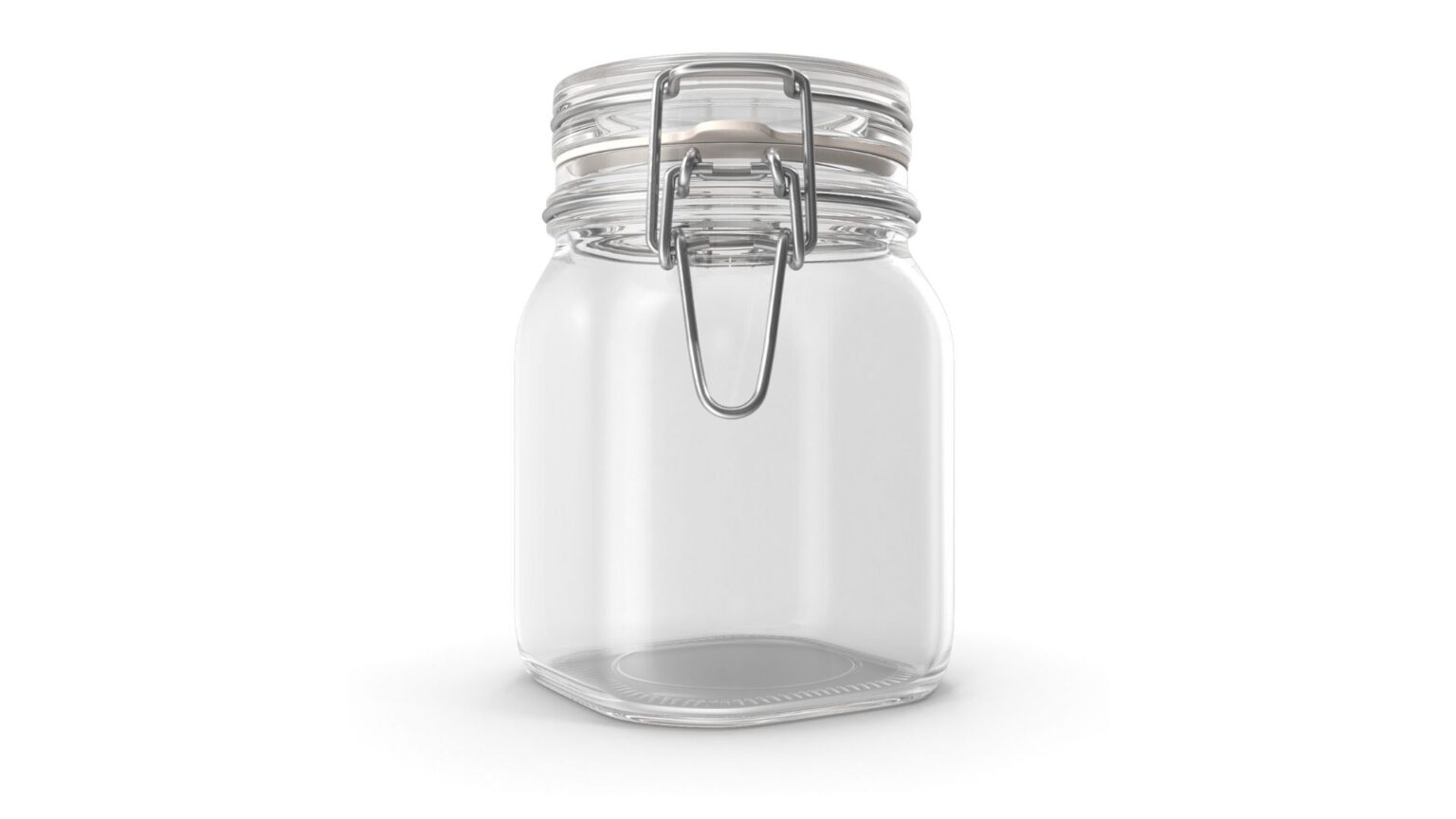
A serious drawback of classic glass is its transparency, which does not protect the grain from the harmful solar best. You need to store the jar in a dark cabinet. The modern alternative to glass is glass ceramics. It does not transmit light and is more durable.
Features of ceramics and clay
The aromatic oils in coffee beans can evaporate if left in an open container. Coffee beans should be stored in airtight containers. A ceramic jar for storing coffee is fine, but go for containers with tight lids and silicone or rubber seals. Or lids with clips that seal the dishes tightly. It is better to give preference to glazed ceramics. If there is no glaze, the pores will absorb the aroma of the coffee oils.
Over time, the oil tends to become bitter and change the smell. In addition, different varieties have their own notes, which are not always allowed to be mixed. Sometimes the outer side of ceramic dishes is decorated with voluminous decor or painted. It is convenient when the jars have images or inscriptions suggesting what is inside, because the material is opaque.
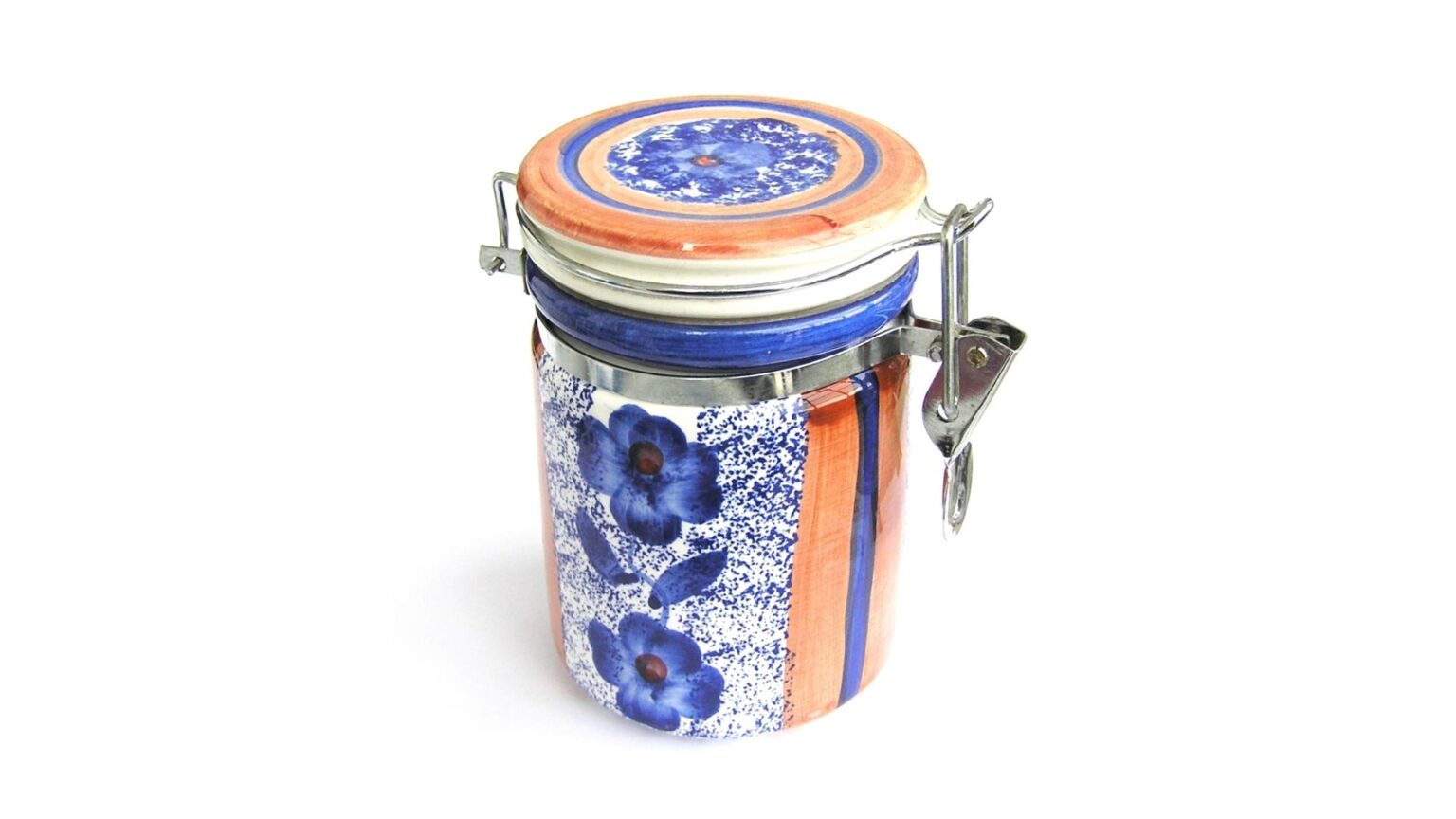
Do not store coffee in earthen containers. Clay is an amazing material. It absorbs moisture when there is a lot of it and releases it in dry air. So in a couple of hours you can get a spoiled product even from the most expensive variety. And if the grains can still be saved by roasting, the ground and instant grains will only have to be thrown away.
Plastic and wood
Containers made of wood are impractical, as they let air through, absorb odors, and are not airtight. If you really like the design of wood, choose one that has a glass jar inside.
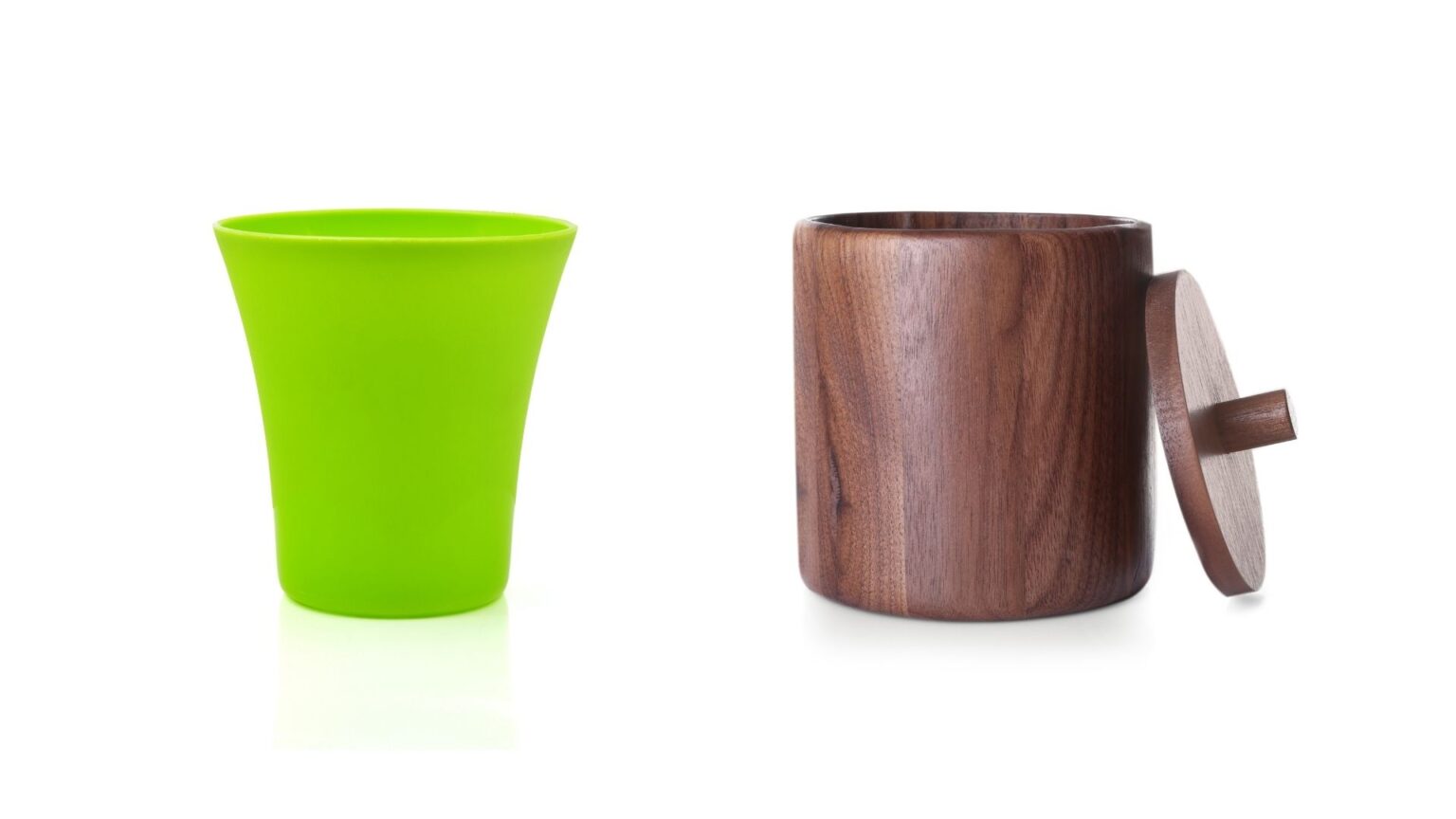
Cheap plastic containers are not suitable for coffee. They can only be considered for short-term storage of residues. But true connoisseurs never use plastic, even for an instant coffee drink.
Strong and moody metal
The use of metal cans for coffee is not as popular in Europe as it is in North America, primarily due to the taste affliction known colloquially as the “metallic taste”. It is better not to pour coffee into cheap cans. Even if there is a protective coating inside to prevent oxidation. The fact is that metals tend to quickly heat up and cool down, as a result of this, moisture forms inside. Warm metal is the enemy of roasted grains.
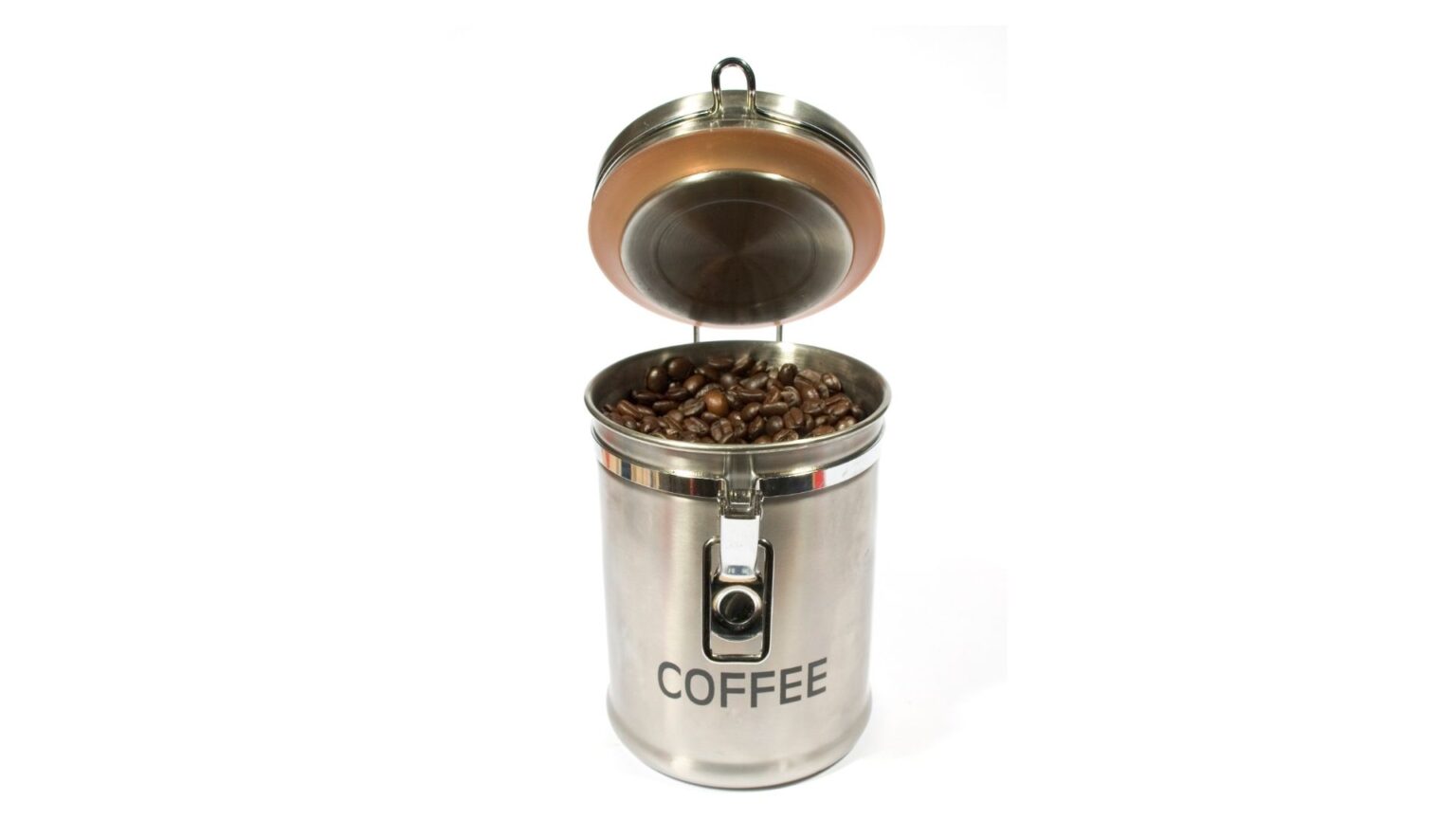
There are many different types of packaging when it comes to coffee beans. Stylish metal cans for coffee made of stainless steel can be chosen if there are no temperature changes and steam in the storage area. Stainless steel retains grains well, but, as mentioned above, metals tend to heat up and cool down quickly. And this negatively affects the quality of the product.
Sometimes stainless steel is combined with glass. In some cases, there is a glass bulb inside the steel case. Remember the importance of a sealed lid. In the case of metal containers, it is better to have a rubber seal.
What Form to Give Preference
Jars for storing coffee, tea and sugar are often sold in one set. In shape, they are cylindrical, square, curly. Coffee beans can be stored in almost any container, they do not stick to the walls and easily spill out without getting clogged into recesses. Square containers do not take up much space, they can be placed side by side in several pieces. Curly jars are more convenient to use when pouring a powdery substance.
For ground and instant coffee, round cans are more convenient, since during storage the powder is clogged into the corners. Leftovers should always be removed so that the stale product does not spoil the taste and aroma of freshly roasted coffee beans.
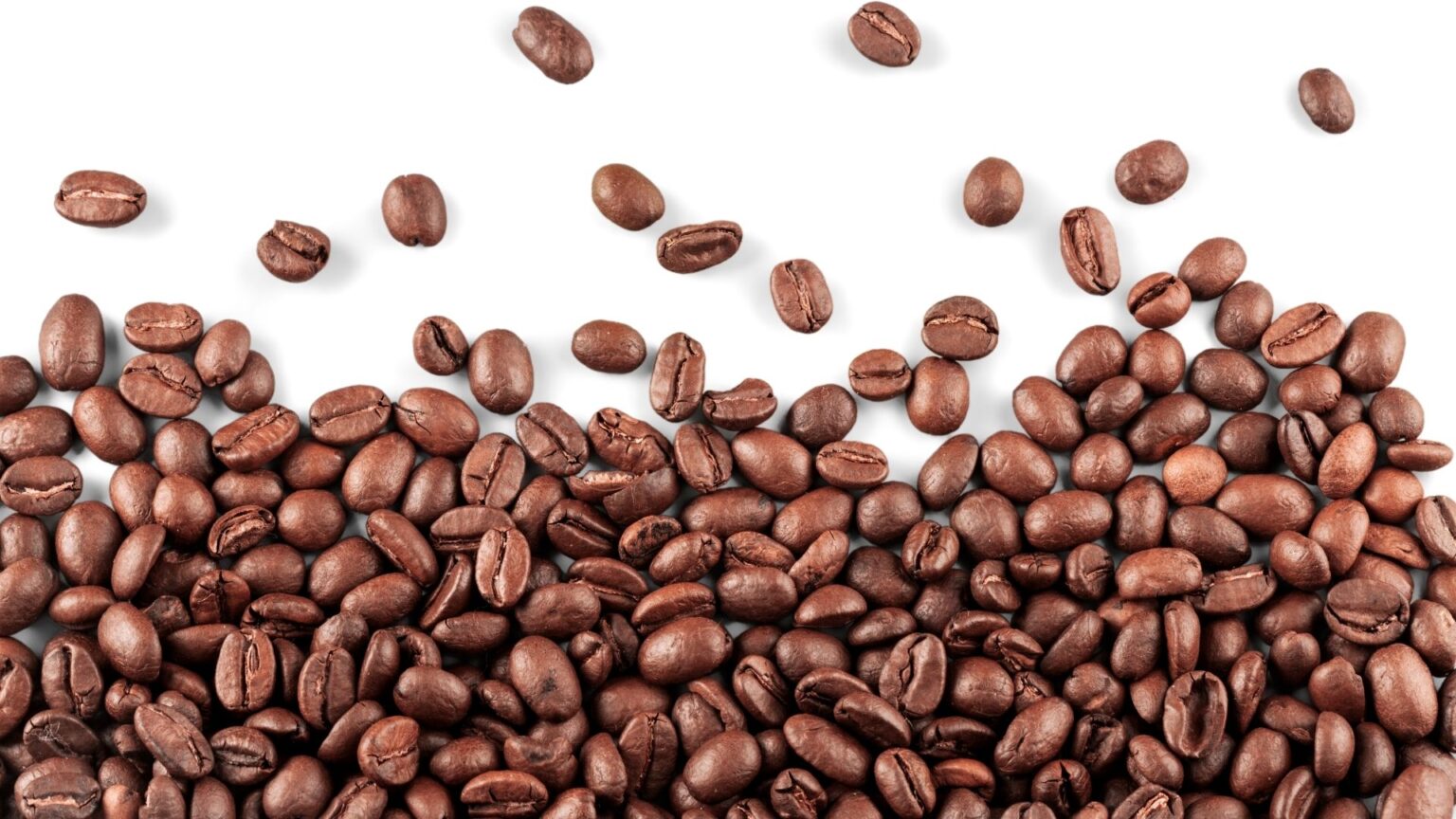
In order to avoid the excess or shortage of the coffee, the volume of the container depends on the type and norms of coffee connoisseurs. For grain coffee, you can buy a large jar. If you like to drink ground coffee, then you need a small jar.
On sale there are containers for sugar, tea and coffee on a stand with one lid. It’s better not to buy this. Coffee should be isolated from other foods. In addition, sugar tends to absorb moisture. Such a neighborhood is highly undesirable.
With a Valve
Freshly roasted coffee beans give off carbon dioxide, which must be volatilized to prevent moisture build-up and oxidation. Please note that packs of famous and status brands are always equipped with a valve. The valve device allows gases to escape, but does not let air in. Unfortunately, such devices are not the same for ground coffee. An airtight container is essential for keeping your beans fresh. Unvacuumized ground coffee will develop moisture and oxidize faster.
A can for storing coffee with a valve is arranged according to the same principle. Excess gases escape through the valve located in the cover. But no extraneous odors penetrate inside. The aroma also does not evaporate, because the holes are too small and only open under the pressure of gases that form only in the first hours after roasting.

In the kitchen you can find a can with a valve for storing ground and roasted coffee – this is the device of choice for a gourmet. Coffee enthusiasts do not store coffee ground, they are grinding it right before they make a drink.
It doesn’t make sense to overpay for a container with a valve if you’re buying packaged roasted coffee. The valve is useful for those who are engaged in roasting on their own or buy grains where they are roasted individually to customers.
Smart Novelty: Vacuum Can
It is known that products are stored longer in a vacuum environment, because there is no access to oxygen – the main oxidizing agent. But to create a vacuum in a vessel, which is often opened and closed, a mechanism is needed that removes air after each closure of the lid.
The simplest containers are complemented by a pump for manually evacuating air through a valve in the lid. A novelty on the market is a battery operated vacuum coffee jar. Having poured the required portion of grains, you need to press the button – the air is automatically pumped out. The vacuum coffee jar is very convenient in use. It can store coffee grounds for up to eight weeks, and keep their aroma and flavor.
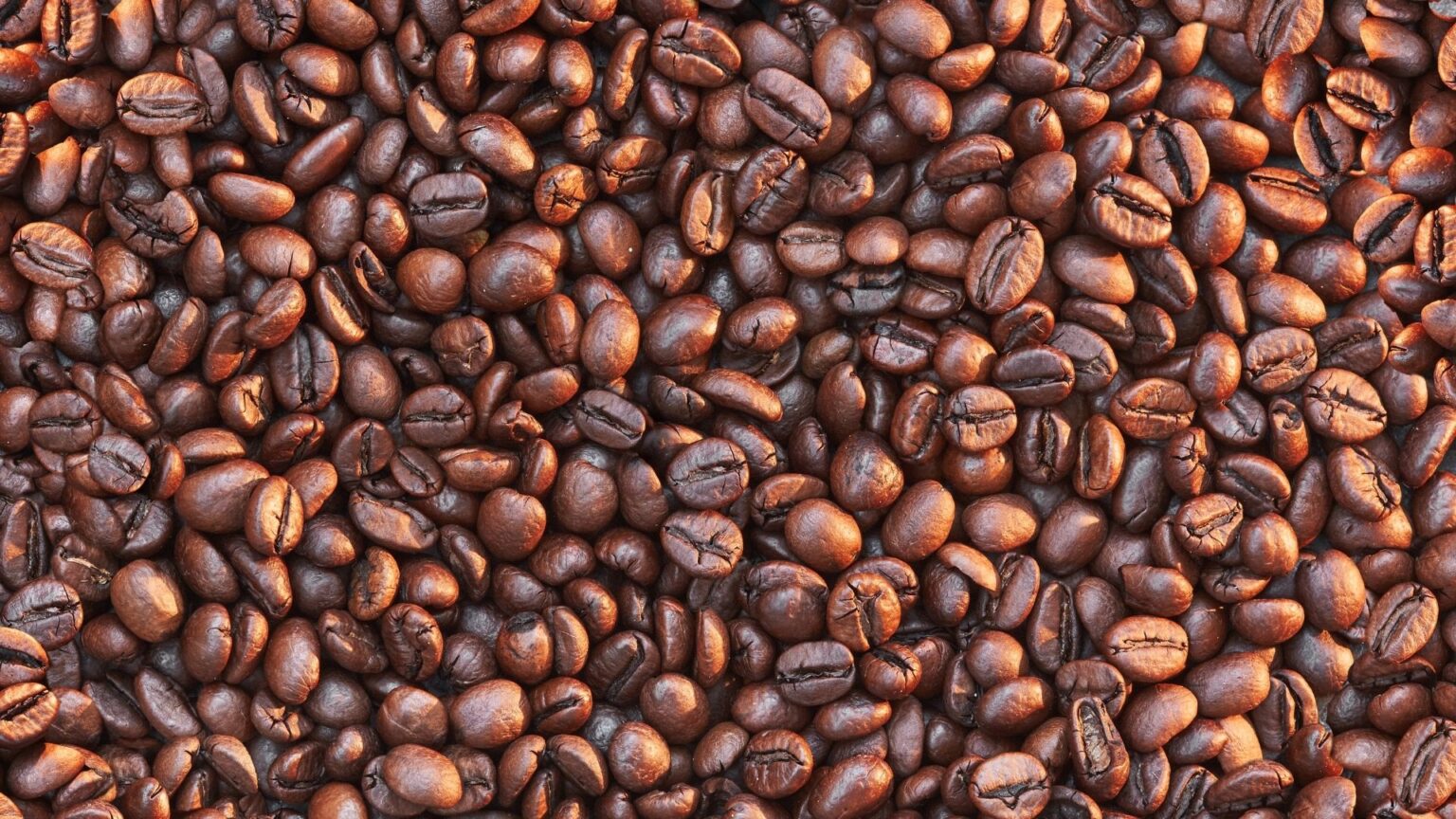
Can of coffee must be kept in a dry and dark place, protected from sunlight. Temperature extremes and high humidity should not be allowed. A kitchen with active cooking is not the best place. Try to at least exclude cabinets near the stove and oven. Coffee can be stored for about a year, and you can get away with longer.
Just remember, as soon as you open the lid off your can – oxygen hits coffee grounds, releasing aromas that fade quickly, and creating an opportunity to invite foreign material into your can of ground beans.
Did you know that there are many things that can affect the taste of coffee? From where it was grown to how it’s been stored and even how old it is, all play a part in what you get to enjoy. In order to get the most from your coffee, it’s important that you properly store it.
Proper storage techniques can extend your coffee’s shelf life as well as its flavor. Those who have only been using coffee for pleasure are not aware how much they are missing out by not appreciating it’s possible health benefits. There are numerous methods and techniques which can be used to store your coffee beans and ground coffee, both of which extend its useful life and flavor profile.
Coffee is a sensitive product as well as an ingredient in many foods; therefore, making it easy to spoil while not in use. But with the proper storage technique, you can avoid this from happening and enjoy the freshest coffee available.
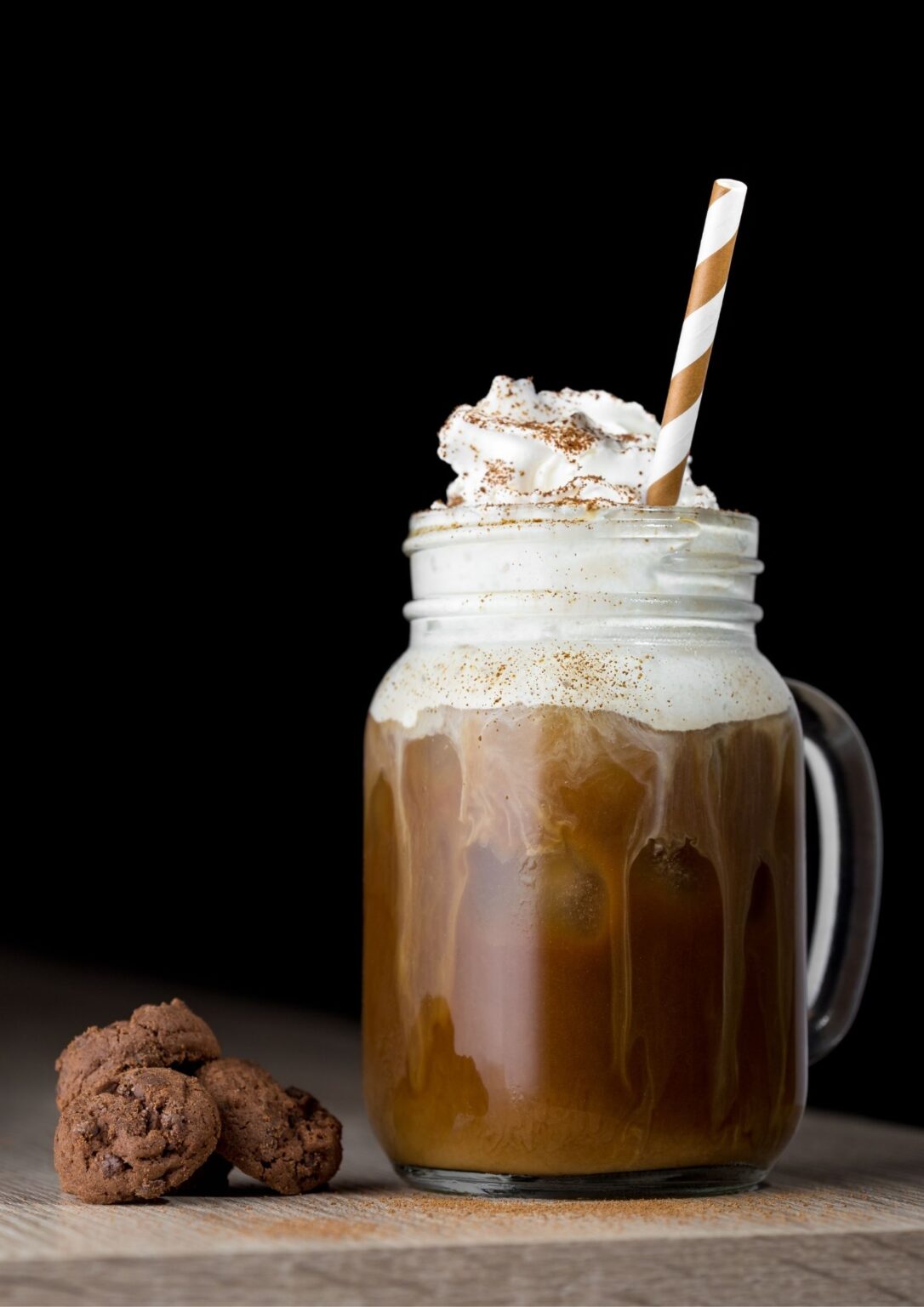
Recommended Articles :
Copyright 2025 © Beyond the Embrace
Beyondtheembrace.com is a participant in the Amazon Services LLC Associates Program, an affiliate advertising program designed to provide a means for sites to earn advertising fees by advertising and linking to Amazon.com.

